

4K LED Display
The 4K LED display is composed of many 16:9 LED cabinet 600×337.5mm; the resolution can reach 3840×2160, without any stitching and gaps, the most significant feature that distinguishes it from 4K LCD screen is that it can be large size. The colors are more natural, to bring the real content to life.
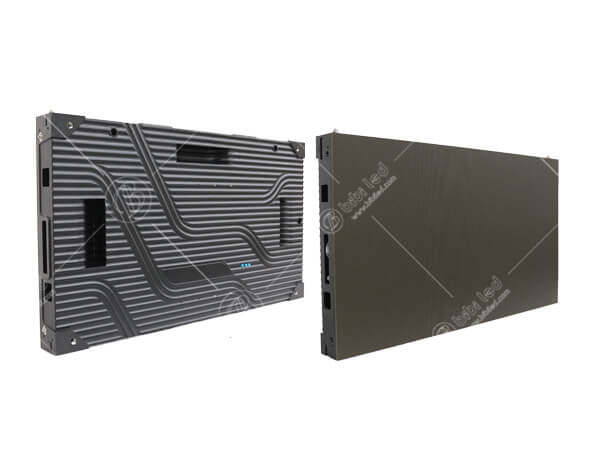
Quickly get 2021 New Price!
Quality not only means excellence but also reliability
4K LED Display
S16 Series is a high-end quality standard small pixel pitch LED display.
It is used for indoor applications: high-end meeting room, broadcast, TV station, control room, etc.
S16 Series is the right one to choose if you need high resolution, such as 3840×2160 resolution in limited size.
Product Features
Pay your cost for the details
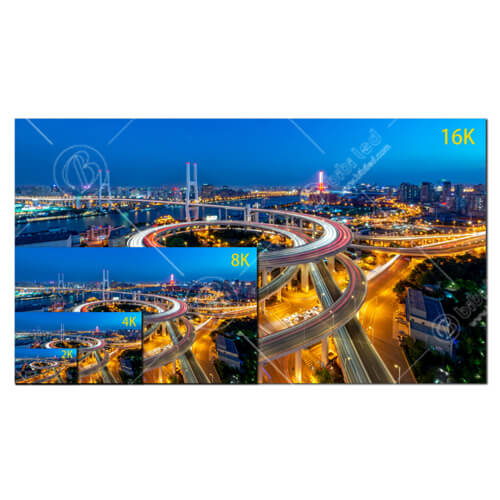
16:9 Perfect Ratio
The size is 600×337.5mm and can be perfectly proportioned to achieve 2K, 4K, uncompressed for super viewing performance
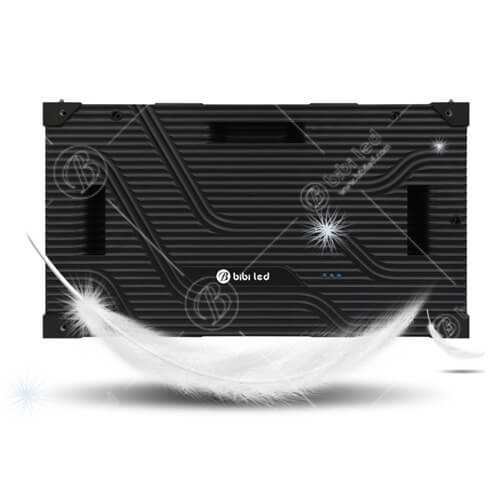
Slim and Light
A single cabinet weighs only 7kg and 48mm thickness, greatly reducing load pressure and can be mounted on the wall directly
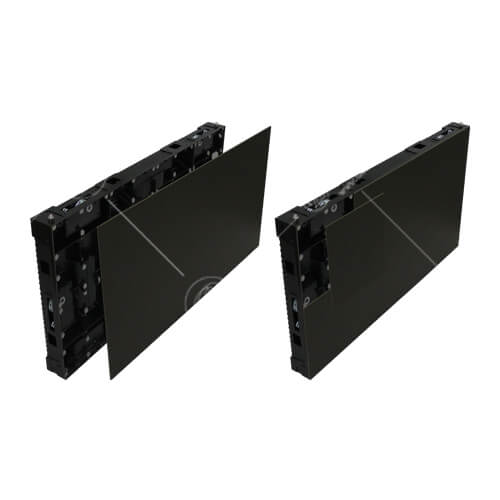
Full Front Access
All LED cabinet components accessible from the front with the magnetic tool supplied to ensure efficient maintenance
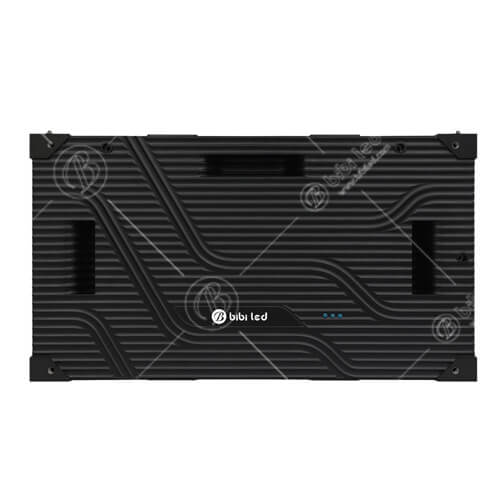
Whisper-quiet
Fanless design, energy-efficient IC and lower heat conduction delivers a super-silent small pixel pitch LED display
Friendly Tips: To ensure that you could make the correct solution of our S16 Serice fine pitch LED display.
Please continue to read the following introduction and download our specifications.
Can’t find what you are looking for? Contact us.
Your email will be responded to within 1 business day.
Specifications
| ITEM | UNIT | P0.9375 | P1.25 | P1.56 | P1.875 | |
|---|---|---|---|---|---|---|
| Pixel pitch | mm | 0.9375 | 1.25 | 1.56 | 1.875 | |
| LED type | N/A | Mini 4 in 1 | SMD 3 in 1 | |||
| Pixel density | pixels/m2 | 1137778 | 640000 | 409600 | 284444 | |
| Module size(WxH) | mm | 150×168.75 | 150×168.75 | 150×168.75 | 150×337.5 | |
| Module resolution | pixels | 160×180 | 120×135 | 96×108 | 80×180 | |
| Cabinet size | mm | 600×337.5×48 | ||||
| Cabinet resolution | pixels | 640×360 | 480×270 | 384×216 | 320×180 | |
| Driving method | N/A | 1/30 | 1/27 | 1/27 | 1/30 | |
| Weight | kg/pc | 7 | ||||
| Brightness | nits | 600 ~ 800 | ||||
| Rrefresh rate | hz | ≥3840 | ||||
| Gray scale | bit | ≥16 | ||||
| Colour temperature | Deg.K | 3,200 ~ 9,300 | ||||
| Brightness control | N/A | 255 | ||||
| Contrast ratio | N/A | 5000:1 | ||||
| Video angle H | deg. | 160 | ||||
| Video angle V | deg. | 160 | ||||
| Input AC operation | volt | AC90~264 | ||||
| Power consumption(Max/Avg) | w/m2 | 800/200 | ||||
| Storage tem. | F/C | -4 ~ 140F/-20C ~ +60C | ||||
| Storage humidity | RH | 10%~85% | ||||
| Life time(50% brightness) | hour | 100,000 | ||||
| Input signal | N/A | DVI, HDMI, VGA, S-video, etc | ||||
4K LED Display: The Ultimate Guide
- Chapter 1: What is 4K LED display?
- Chapter 2: How to choose 4k products
- Chapter 3: What are the differences between 480P 720P, 1080P and 4K?
- Chapter 4: 4K LED display application
- Chapter 5: What is the difference between 4K LED and 4K LCD display?
- Chapter 6: What are the benefits of 4K HDR technology?
Chapter 1: What is 4K LED display?
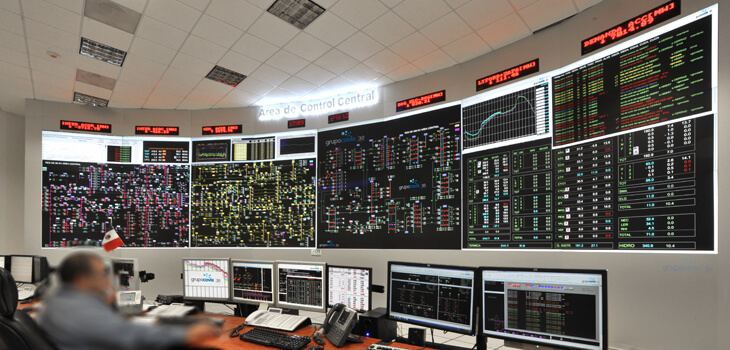
4K LED display to put simply, A display device that is capable of displaying images and videos at 4K resolution.
The 4K LED display is belongs to a small pixel pitch LED display.
But what is 4k resolution exactly?
Let’s find out.
TV, movie, mobile and LED display use 4K resolution predominantly today.
A 3840 × 2160 resolution is now the standard in television and a 4096 × 2160 resolution (which is called DCI 4K) is the standard in cinemas.
Not all 4K display screens use real 4K technology.
There is actually quite a bit of difference in several types of 4K display screens.
There is what you call the 4K2K@30Hz, 4K2K@60Hz, and 4K1K. Here’s how they differ:
- 4K2K@30Hz – this type of resolution is done through an HDMI connection. To explain this term, it is simply a display device that is capable of display 4k pixels by 2k pixels at a 30 Hz refresh rate. To put it in perspective, 30 Hz is 30 frames per second.
- 4K2K@60Hz – on the other, this term means that it is capable of displaying the same resolution, only at a higher refresh rate of 60 Hz. That’s 60 frames per second.
Normally, this won’t matter if we are talking about movies and TV shows or just any regular video.
That’s because movies and TV shows are normally shot at a refresh rate of 30 Hz.
The difference between the two will be very evident though if you are playing video games.
That’s because there is a very noticeable input lag that will happen when using a 4K2K@30Hz display device on a game that will require 60 fps.
The other term you need to familiarize yourself with is 4K1K.
Compared to the other two terms, his is a relatively lower resolution as it only operates at 3840×1080 resolution.
In other words, it is not a true 4K technology.
Think of it this way, you come to a panda show hoping to see big pandas.
If you are watching it on 4K2K, you’ll see a giant panda.
But if you watch it on 4K1k, you’ll only see a medium-sized panda.
You’ll still be watching the same panda show, only the panda at the 4K2K is bigger.
As mentioned above, ultra HD is the pinnacle of video resolution right now and the Ultra HD Signal Source Standard is at 4K2K@60Hz. Most TVs today already have a refresh rate of 60Hz.
This has become the hallmark of ultra-high definition.
That also means that any source file of an ultra HD video will be 4K2K.
Chapter 2: How to choose 4k products
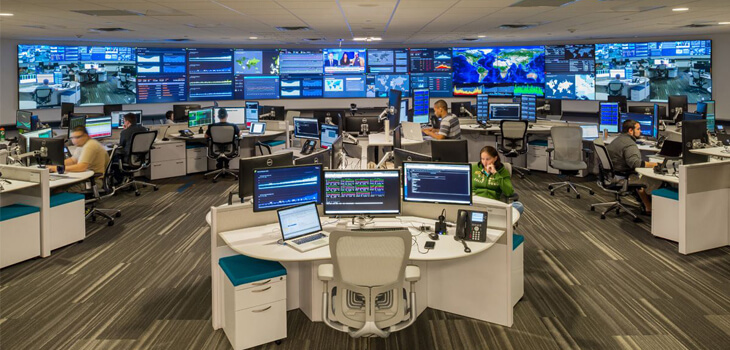
To know which 4K display screen to choose, you have to learn how to choose properly.
But it doesn’t just stop there. Here’s how you choose the right 4K display screen for you.
Refresh Rate
All video entertainment content today is at 60Hz or less when it comes to frame rate.
As mentioned above, that has become the standard of UHD.
30Hz is ok but a bit old.
If you are using it for display purposes only, it will be enough.
But if you will be using it for something else like PC gaming, you will be better served with a 60Hz refresh rate.
As mentioned above, it will have a higher frame rate, thereby eliminating input lag.
This will allow you to enjoy 4K gaming all the time.
Size and Resolution
After you’ve considered which refresh rate to go for, everything else really will be arbitrary.
But a bit more fine-tuning of your choice can be done to enhance the viewing pleasure further.
In this case, the size and resolution will go hand in hand.
You can’t expect a TV or LED display to have excellent UHD resolution when it is only 20 inches big.
Keep in mind that Ultra HD has to be at least 3840 × 2160.
That’s why you will need a size that can cater to that kind of resolution.
Going for a 50 inch or larger screen is optimal.
But of course, it will all depend on the size that your entertainment or living room can accommodate.
So consider that before buying a 4K TV.
Hidden Costs
You need to be aware of hidden costs, such as an Internet connection speed upgrade (if you want to use Netflix and other streaming sites).
You have to have the right Internet speed to cater to 4K resolution.
That’s because it is much more bandwidth-heavy, mainly due to the file size that this resolution comes with.
We recommend you have, at the very least, a 25 Mbps connection to avail of any 4K streaming sites.
Basically, hidden costs will be anything about additional purchases or fees that you need to pay to get the full benefits of 4K resolution (internet connection, audio system, peripheral devices like blu ray players, gaming consoles, etc.).
You need to be aware of all these before you go out and purchase a 4K TV.
Signal Transmission Compatibility
Signal transmission compatibility is another important thing to consider.
You have to make sure that the 4K display screen you get will accommodate all the signal transmission options of all your peripheral devices (blu ray players, gaming consoles, etc.).
It will help if you familiarize yourselves with that too.
Older Xbox and Playstation consoles aren’t equipped to handle 4K signal transmission is one good example.
So if you wish to use those consoles still, you have to ensure that your LED TV will have connection options compatible with those consoles.
So before you go out and buy one, make sure you know what type of connections you will be using.
Chapter 3: What are the differences between 480P 720P, 1080P and 4K?
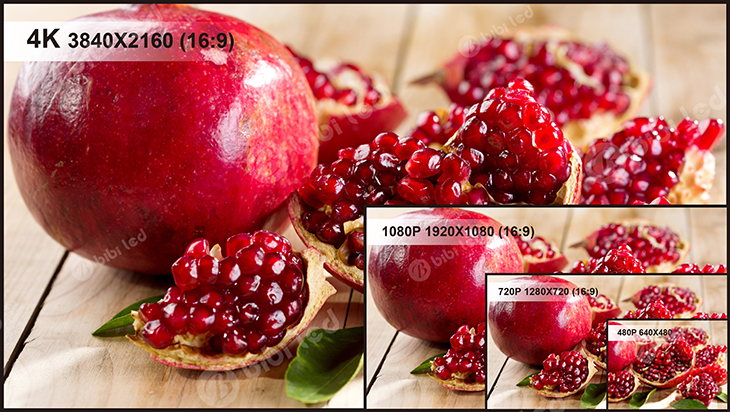
480P, 720P, 1080P, and 4K are all different types of video resolutions.
480P has a video resolution of 852×480 pixels.
720P is the starting point of high definition.
It has a resolution of 1280×720 pixels.
1080P is where the fun really starts.
This resolution displays 1,920 pixels across the screen horizontally and 1,080 pixels down the screen vertically.
To put it in perspective, a 480P resolution is what is being used on DVD.
This is the highest quality that any DVD video can offer.
This is well suited for laptops and small televisions.
720P is a much more improved resolution since high definition starts (as mentioned above).
This is the most common resolution for most HD television broadcasts.
1080P, on the other hand, is considered an upgrade of 720P.
It has finer details compared to the predecessor of HD. 1080P is commonly regarded as full HD because the 1920×1080 pixel resolution can display finer details than the 720P.
The downside is, it has a much bigger file size than the previous three resolutions.
Blu Ray discs use this resolution.
4K is regarded as ultra HD.
That’s because of its 3840 × 2160 pixel resolution.
4K is a much more detailed version of the 1080P.
That’s why it’s called Ultra HD.
It has an insanely high resolution that will be most suited to view videos with 4K resolution.
It is also much more suitable for screen sizes of 50 inches and above.
Basically, these resolutions are not the only factor for determining clearer and sharper images, but they are an important factor at the very least.
When you choose a resolution, you have to consider the quality of the content you are watching and the position at which you are watching it (distance between you and the screen).
Chapter 4: 4K LED display application
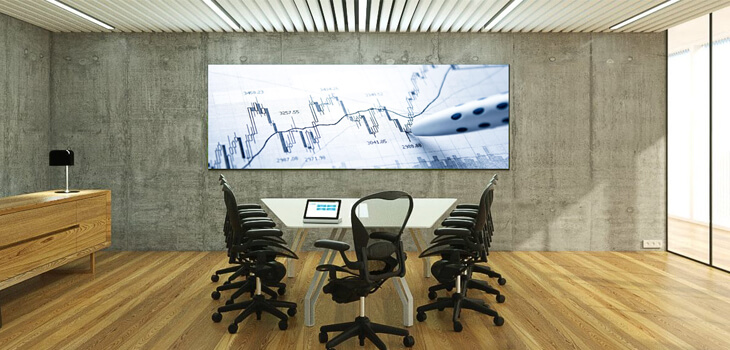
4K LED display screens have actually become popular these days.
That’s mainly due to the different applications you can do with it.
Here are some uses of 4K display screens:
Security monitors – apparently, 4K security cameras are now a thing.
You have to have a matching security monitor that can also display a 4K resolution to appreciate your 4K security camera fully.
That’s why 4K outdoor LED screens can now also be used as security monitors.
Expos and product launches – another common use of 4K screens is during expos and product launches.
This type of display screen is pretty popular during these events simply because of its capability to display very detailed images.
When you display a product or merchandise during an expo, many people will nitpick on it.
That’s why a LED screen capable of displaying images or videos down to the smallest details is very useful.
Business and education – Customers can now rent out 4K LED screens.
This is especially true for production outfits.
These prods normally need LED walls for concerts, weddings, expos, and other events that require big screens.
But aside from that, these screens can also be used in conference rooms or board rooms.
And if you can use that LED screen in those locations, you can virtually use it in classrooms as well (or at the very least, in audiovisual rooms in schools).
Home use – This is probably the most popular use of 4K display screens.
More and more people are setting up their home entertainment system with 4K TVs and for a good reason.
Ever heard of Netflix and chill? Well, with a 4K television unit, you can Netflix and chill like a boss.
With the advent of Netflix, Amazon Prime, and all other streaming sites’ 4K option, it has become a lot easier to access 4K content on demand. That makes it very appealing.
So as you can see, the applications for 4K LED screens are virtually limitless.
You can use it according to any preference you want.
That’s how versatile it is.
Chapter 5: What is the difference between 4K LED and 4K LCD display?
Technically speaking, LED screens are just a subset of LCD screens.
They are really both using liquid crystal displays.
They are both using the same basic technology.
This technology uses two layers of polarized glass through which the liquid crystals will both block and pass light. That’s how it works.
Besides that, most of the 4K TVs on the market today are really just LCD models of some type or another.
They have different variations, specialized internal innovations, and LED lighting array configurations.
They still use the basic techniques described above.
There is, however, a much more advanced and much more prevalent 4K display today.
Of course, we are talking about OLED. This type of display is a bit different than LED/LCD technology.
OLED technology doesn’t filter LED light through an LCD panel.
It instead drives current through millions of individual pixel-sized organic light-emitting diodes made of organic carbon.
Plus, these diodes are also capable of perfectly shutting off or turning on individually.
Simply put, LED/LCD technology will rely on tiny light bulbs behind a filter screen, while OLED technology will rely on the light and darkness of carbon diodes.
This will result in perfect control variations of light and dark across all of the 8.2 million pixels found in a 4K screen display.
In short, OLED 4K provides more accurate contrast, color rendering, and screen color uniformity compared to an LED/LCD 4K display.
Chapter 6: What are the benefits of 4K HDR technology?

It needs a special control system to improve the display capabilities of LED/LCD has resulted in the term HDR or High-Dynamic Range.
In case you didn’t know, here’s what 4K HDR can bring to the table.
Higher pixel loading – since it is using 4K technology, you can expect that more pixels are loaded for every image.
That’s 3840×2160 pixels to be exact. This is actually double the amount of the current SDR 1080P display technology.
Wider color range – more details of the image is being loaded because more pixels are being loaded.
This will result in more colors being displayed compared to previous display technologies being offered.
To put it into perspective, SDR can display only 16.77 million colors, while the 4K HDR can display 1.07 billion colors. That’s how huge the gap is.
Overall image quality improvement – resolution, color depth, color gamut, contrast, and frame rate have all improved dramatically with 4K HDR, the resolution doubled, color depth and gamut have increased dramatically as well.
Contrast has also improved (specifically dark contrast).
4K HDR has also introduced the 120Hz frame rate, a much higher version of the standard 60Hz.
All in all, the quality of the image displayed in 4K HDR display screens is unbelievably high.
It has raised the bar on everything and is definitely the current highest standard in display technology today.
The only downside to this technology is the technical bottleneck that comes with it because not all devices have this capability yet.
But the future looks bright as more and more companies have adapted to the latest standard.
It won’t be long till we see an 8K HDR technology.
New Cases
- Office Number: +86-755-85288654
- Tel/Whatsapp: +8615399906913
- Email: info@bibiled.com
- Factory Address: The Third Floor, Jiada Industrial Park, Shiyan Town, Baoan District, Shenzhen, China.
